Living a stress-filled life seems inevitable. The hustle and busyness are even celebrated as markers of success and achievement.
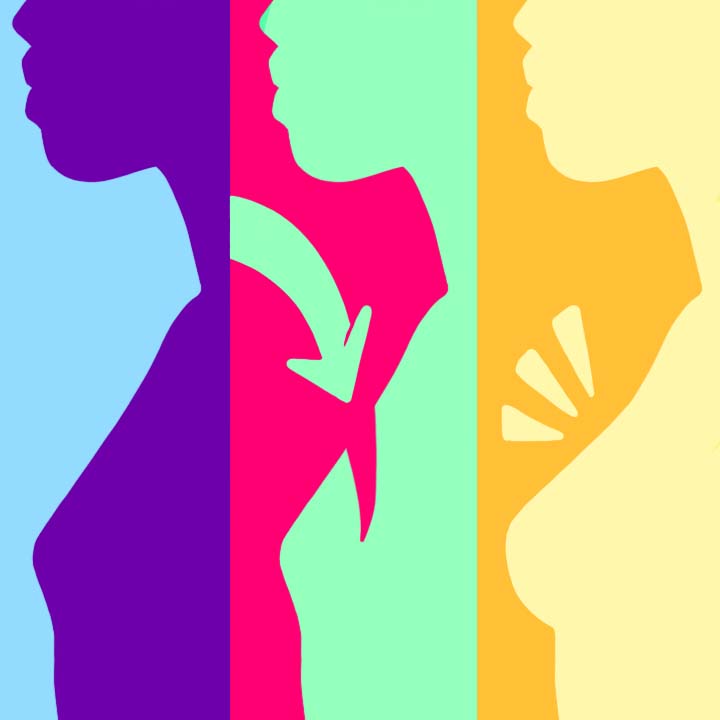

Living a stress-filled life seems inevitable. The hustle and busyness are even celebrated as markers of success and achievement.
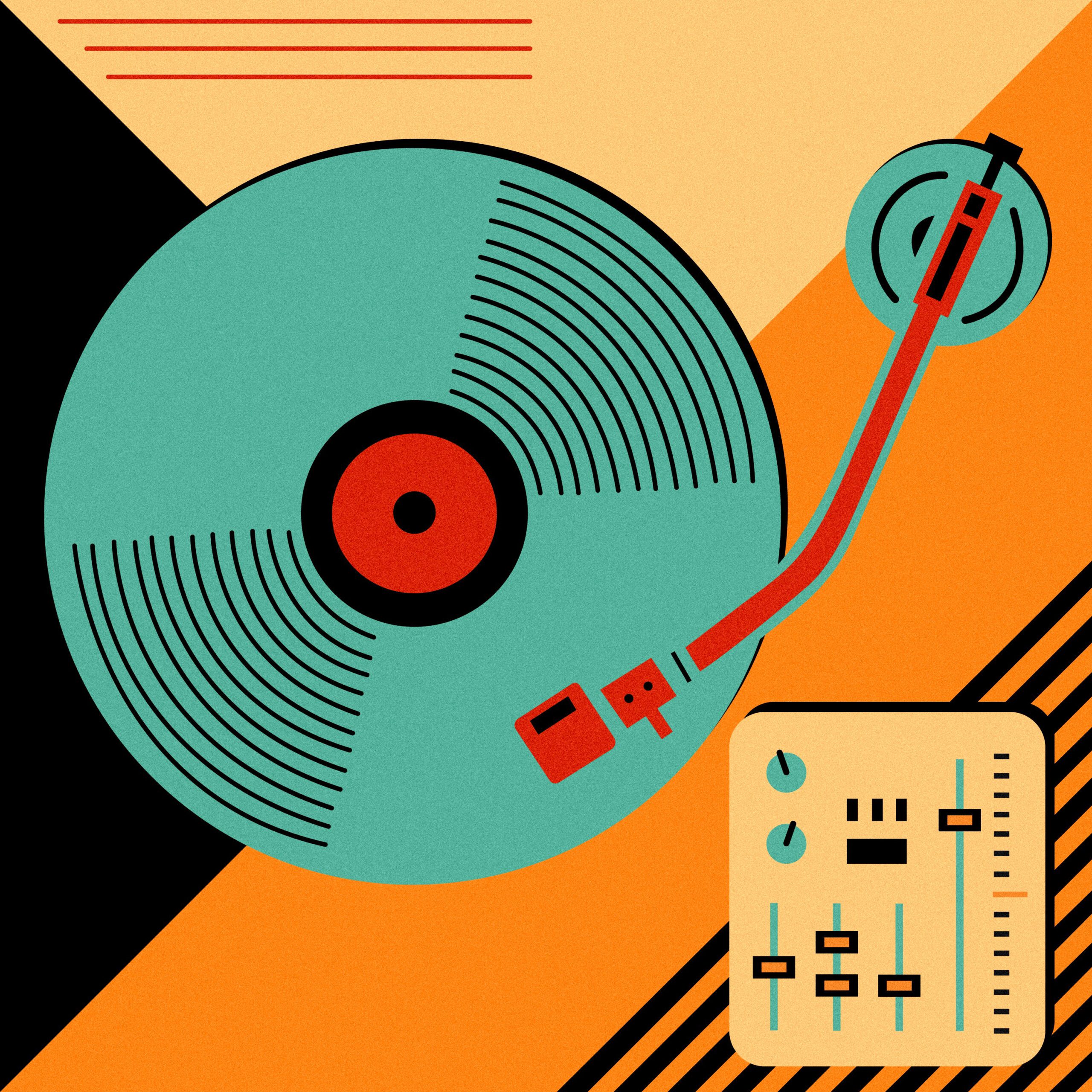
TIDAL wants to help with the mental wellbeing of all who involved in Back-To-School season, whether he or she is a student, teacher, or parent.
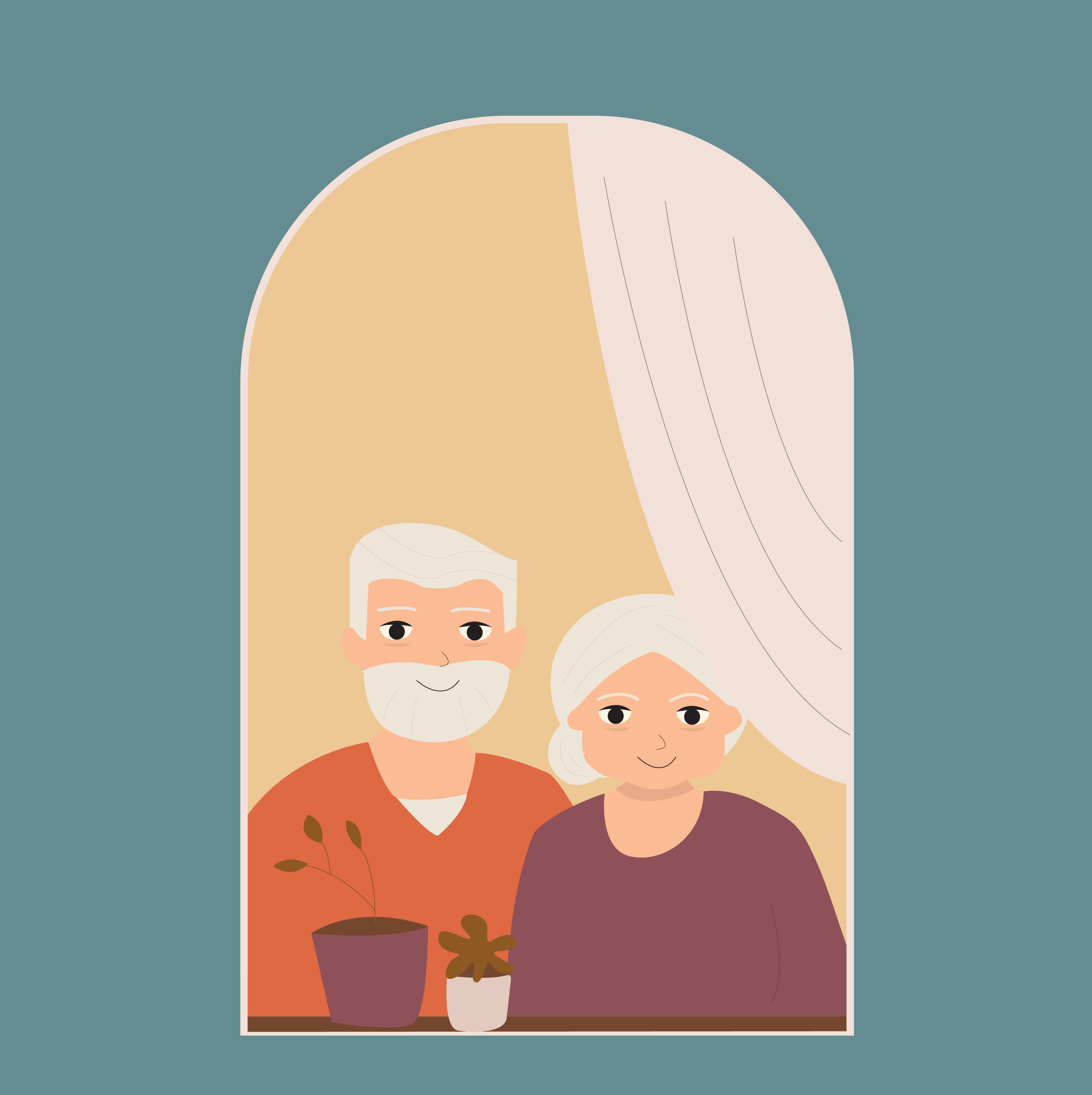
Amidst the perseverance of the COVID-19 pandemic, the healthcare industry has taken a massive blow. There are intense staffing shortages in the field, and the public is suffering from these scarcities. The Washington Post gave a detailed report on these worsening staff deficiencies, more specifically in long term care facilities. Nursing homes tend to lessen […]
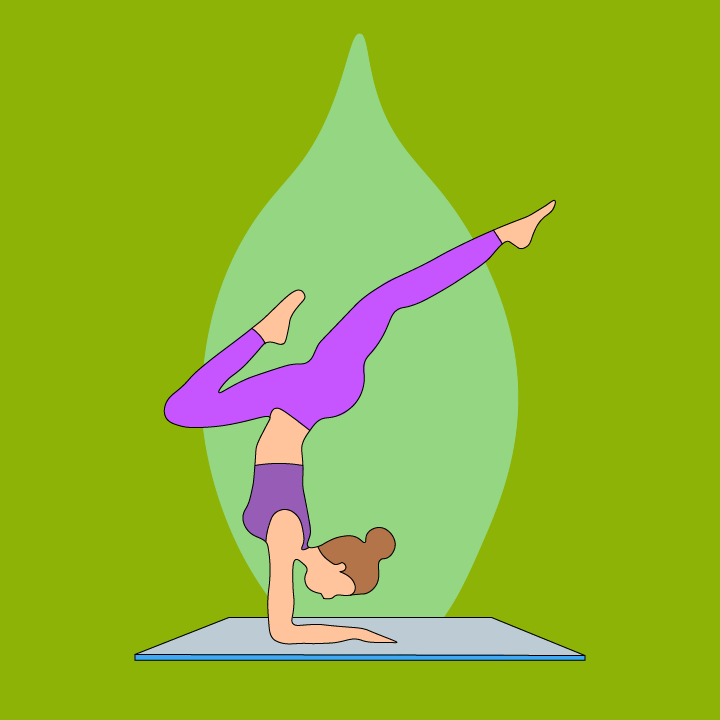
Some hobbies are excellent stress-relievers, as physical activity puts us in a meditative state. Doing something we enjoy triggers the release of dopamine. When you use your body or hands, your mind focuses on the task at hand. Add a bit of creativity to your life! Discover six simple activities that can give you a […]

By: Skyler Johnson Moving into your first apartment can be a very stressful experience. From taking care of your electricity bill to installing Wi-Fi, there’s a lot to consider. Here are the top ten things to know. Be Aware of Space This doesn’t just mean measuring your couch, it also means knowing which outlets are […]
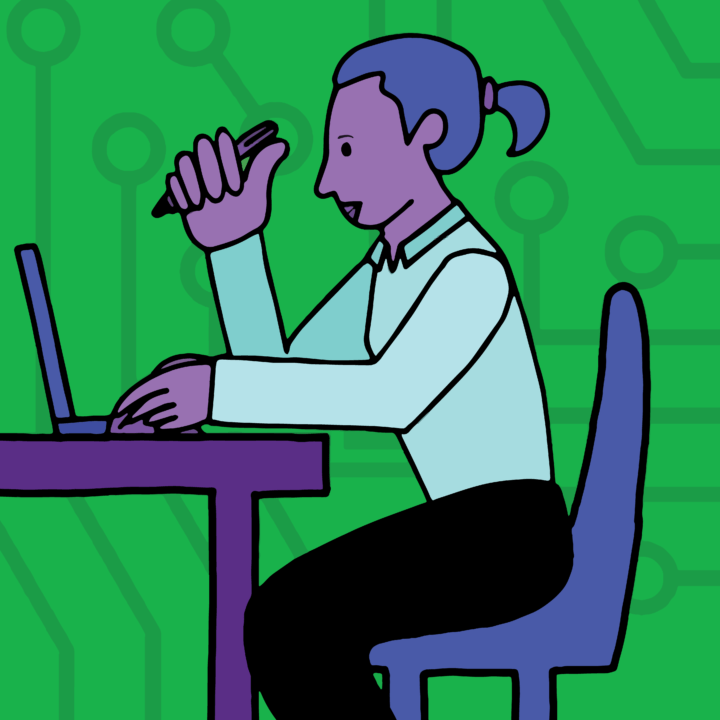
Moving is a very big deal for most people, and a lot of movers become very stressed when they are heading to a new home and area. Naturally, you want to ensure the home and the area you move to are going to be safe and secure for you and your loved ones, so it […]

Today, the Jamaican songstress Jaz Elise reveals visualizer for “Breathe,” the personal closer from her debut EP The Golden Hour (In.Digg.Nation Collective/Six Course Music/RCA Records). Growing up in Harbour View, a small coastal community of Kingston, the singer strolls down the shoreline to get some peace of mind over soft breezy jazz rhythms produced by J.L.L. x iotosh. “Breathe” is a stripped-down reveal of how she […]
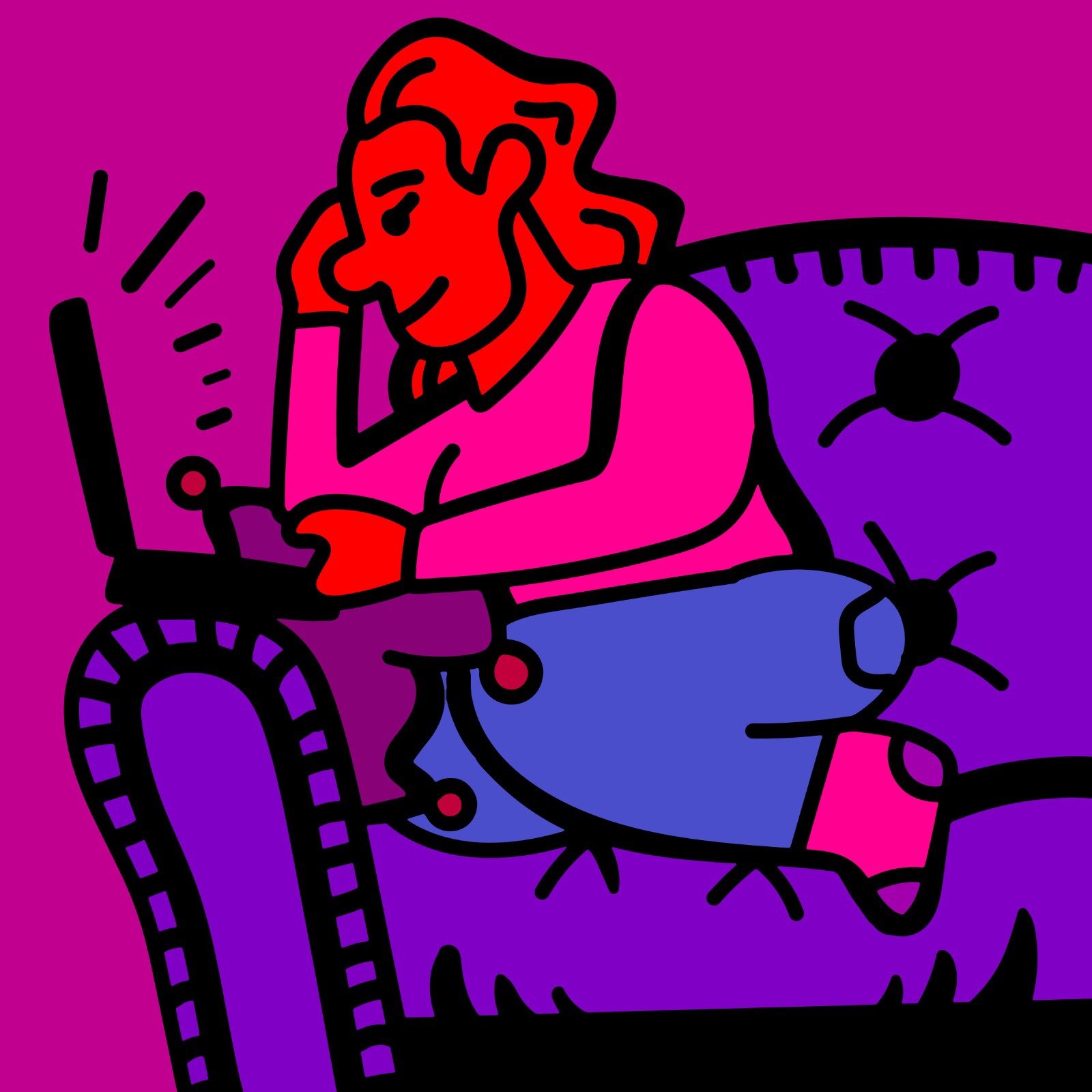
A side-gig in retirement can help pad a nest egg, keep a retiree engaged, and provide wanted structure to days post full-time employment. But rather than settle for part-time work for somebody else, in greater numbers, boomers are using their skills and expertise to earn a side income freelancing online from home, according to a […]
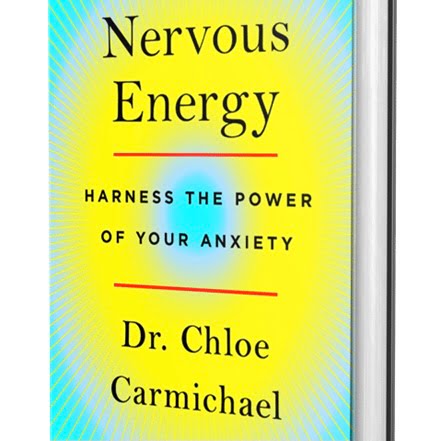
By: Chloe Carmichael, Ph.D., clinical psychologist, author, “Nervous Energy: Harness the Power of Your Anxiety” Editing a speech so many times that when you’re about to present, you botch all your important lines. Stressing over your first-date outfit because it just isn’t perfect — to the point that you’re now late…and more frazzled than before. […]
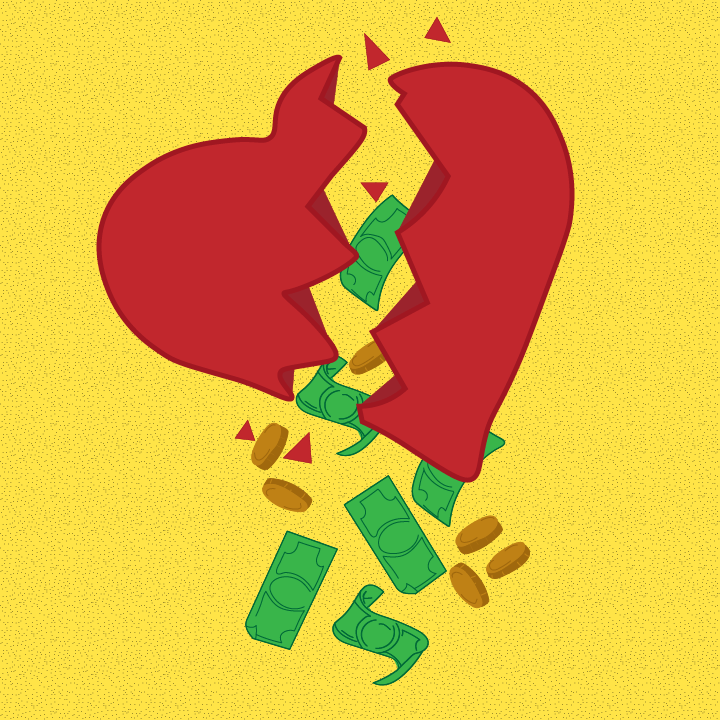
Are Money Issues Ruining Your Relationship? Read on for 5 tips to resolve them. The COVID-19 pandemic has played havoc with families’ finances through lost jobs, squeezed budgets, increased debt, and missed payments. Money and the decisions spouses make with it are one of the main sources of stress among couples, and sometimes money issues end […]